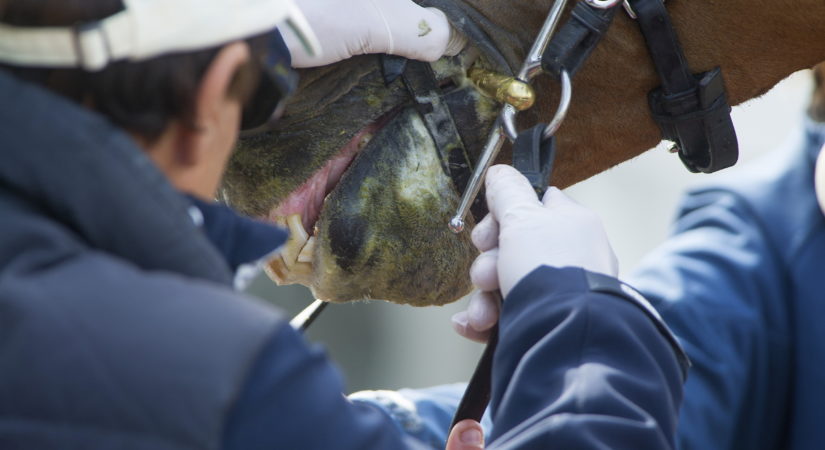Following the United States Hunter Jumper Association’s (USHJA) recent Annual Meeting, conversations took place around requiring stewards to wear a form of identification at competitions. Unfortunately, the idea has been tabled for further discussion and potential clarification. It should have been passed. Although stewards have a critical role in ensuring fair play at competitions, they are also responsible for something far greater: preventing and intervening when abuse of a horse or rider occurs at a competition.

Stewards need to be readily identifiable so they can be found quickly when needed on the show grounds. Emergency medical and veterinary situations are examples but, equally important, incidents of horse and competitor abuse must be addressed in the moment. Unlike a competition rule violation, where a remedy can be determined after the event, abuse to a horse or rider cannot be reversed. Any mistreatment or wrongdoing, especially related to a minor or equine athlete, should be considered an emergency and therefore requires immediate intervention. Time is of the essence. To get help immediately, people need to find stewards quickly.
People who provide public safety are often required to intervene at the drop of a hat. Just like police officers who are tasked with upholding the law, the same can be said for stewards whose job it is to ensure the safety of horses and riders. The responsibility to alert a steward about an emergency situation is not limited to the show’s exhibitors. While exhibitors are aware that stewards are present, members of the public should also be able to easily identify a steward. If there is an inkling of potential abuse toward a horse or a minor, there can be no delay in locating them. Stewards need to be identifiable by sight, which may require these individuals to wear easily identifiable badges or other means of identification.
Scenarios requiring immediate intervention are rare but easily recognizable. An example includes a trainer berating a junior rider in front of others in a schooling ring. This is a form of psychological abuse and is subject to the SafeSport code. A steward’s intervention can prevent ongoing harm and may even prevent a situation from rising to an increased level of harm, which would be to the benefit of all involved. Another example includes a situation involving an illegal administration of an injectable medication to a horse. This could require immediate action by steward to find and preserve evidence. While these kinds of situations are rare, an alert system needs to be in place if they occur. Stewards serve as that alert system.
Ensuring that stewards are able to intervene in and report instances of wrongdoing is not only beneficial to the exhibitors, but it’s also in the best interest of the stewards. For example, if a steward failed to act on a report of athlete abuse, that steward would be liable as a member of US Equestrian (USEF) under the SafeSport code. If a steward failed to act on a report of horse abuse, that steward would be held accountable under the USEF rules in a hearing.
There is also a role that stewards play in providing assurance to the public that there are appropriate officials monitoring the health and welfare of the horses and athletes. The judges are often in the jury box, and other officials are in the competition ring. However, it’s not obvious to the public that there are people monitoring the competition outside of those areas. Easily identifiable stewards would help the public know that we take the protection of our horses and athletes seriously.
Interestingly, in FEI competitions, other disciplines such as eventing and dressage ensure their stewards are clearly identifiable via designated uniform or armbands, for example. With this in mind, it might behoove our community to create a similar standard for visible identification of stewards across all USEF-governed disciplines on a national level. Doing so might better articulate the role of a steward to both exhibitors and the public.
Our equestrian sport federations and associations are continually seeking new ways to make sure that the safety and welfare of horses and riders are the highest priority. Being easily identifiable helps ensure these officials, whose role it is to protect both human and equine exhibitors from harmful wrongdoing, can do their job to the best of their ability. To be able to stop any abuse-related harm toward a horse or rider on the showgrounds, stewards need to intervene immediately. Being easily identified as a steward is the first step to quick intervention. In my opinion, there are only benefits to making this change and I hope it’s approved in the near future.
This article originally appeared in the February 2022 issue of The Chronicle of the Horse.

